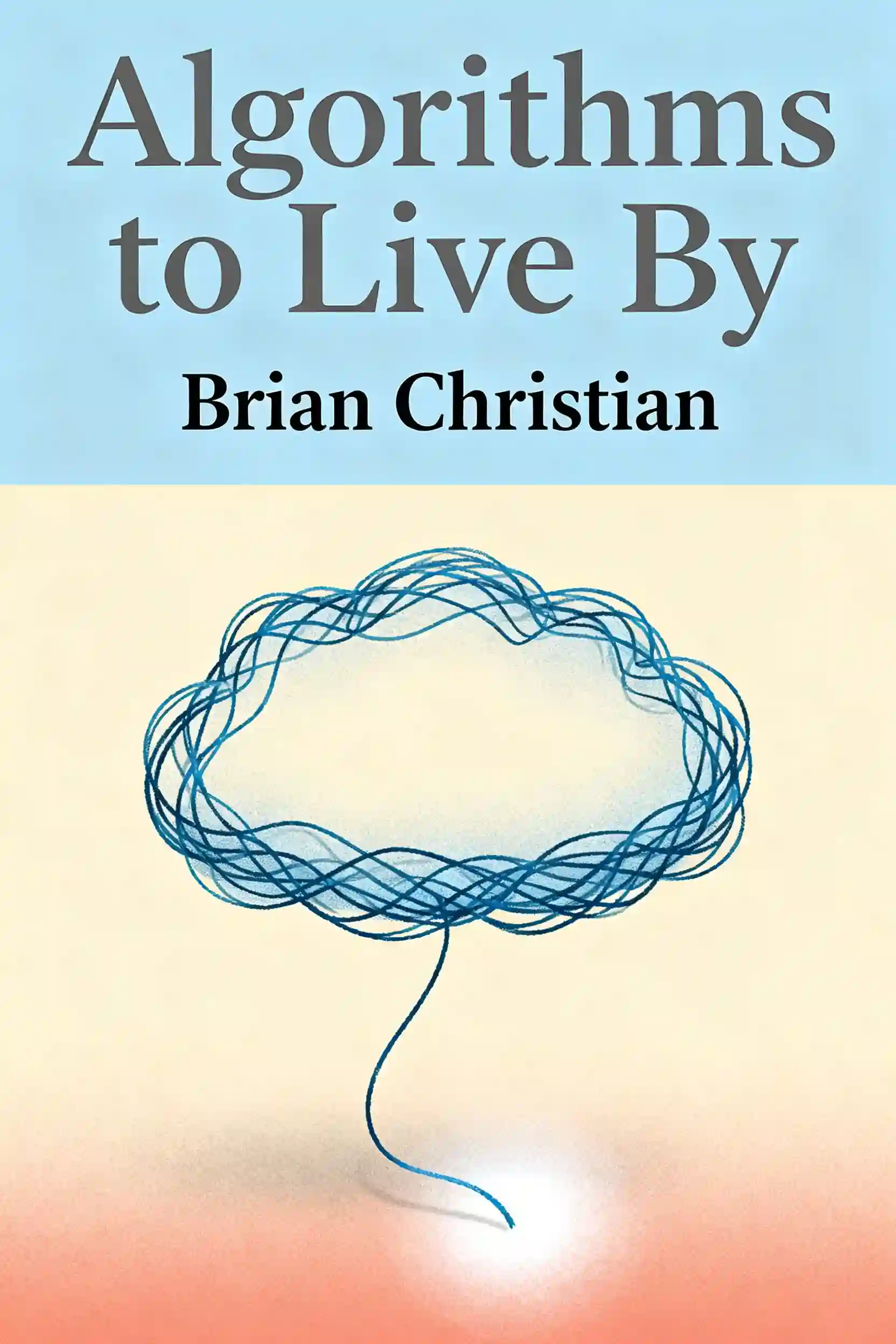Algorithms to Live By by Brian Christian

Overview of Algorithms to Live By
Ever wondered how computer algorithms could solve your everyday dilemmas? Microsoft CEO Satya Nadella's admired author Brian Christian reveals how computational thinking tackles life's toughest choices - from finding partners to managing time - in this MIT Technology Review best book that turns science into practical wisdom.
About its author - Brian Christian
Brian Christian is the bestselling author of Algorithms to Live By: The Computer Science of Human Decisions and a leading voice exploring the intersection of technology, ethics, and decision-making.
A Brown University and University of Washington graduate with degrees in computer science, philosophy, and poetry, Christian bridges technical rigor with philosophical inquiry. His work examines how computational principles apply to everyday life, a theme central to Algorithms to Live By, which he co-authored with cognitive scientist Tom Griffiths. The book became a #1 Audible bestseller and was named Amazon’s Best Science Book of the Year and an MIT Technology Review top pick.
Christian’s acclaimed bibliography includes The Most Human Human, a Wall Street Journal bestseller dissecting artificial intelligence through his experience in Turing test competitions, and The Alignment Problem, a finalist for the Los Angeles Times Book Prize that investigates AI ethics. His writing has appeared in The New Yorker, The Atlantic, and Wired, and he has been featured on The Daily Show and Radiolab. A frequent speaker at institutions like Google, Yale, and the London School of Economics, Christian’s books have been translated into 19 languages, with The Alignment Problem hailed by The New York Times as essential reading on artificial intelligence.
Key Takeaways of Algorithms to Live By
- Apply the 37% rule to optimize hiring, dating, and real estate decisions.
- Balance new experiences with favorites using the explore/exploit algorithm.
- Prioritize tasks via scheduling theory’s “shortest processing time first” principle.
- Reduce decision fatigue by caching frequently used items for quick access.
- Update beliefs systematically using Bayesian inference for adaptive decision-making.
- Avoid overthinking by halting analysis when predictions risk overfitting.
- Manage overloaded to-do lists with optimal stopping to drop low-impact tasks.
- Negotiate conflicts using game theory’s regret minimization strategies.
- Sort items only when future search benefits justify organizational effort.
- Simplify others’ choices through computational kindness for efficient decisions.
- Allocate resources using the multi-armed bandit’s explore/exploit balance.
- Optimize apartment hunting with the 37% rule’s “look then leap” phase.

























